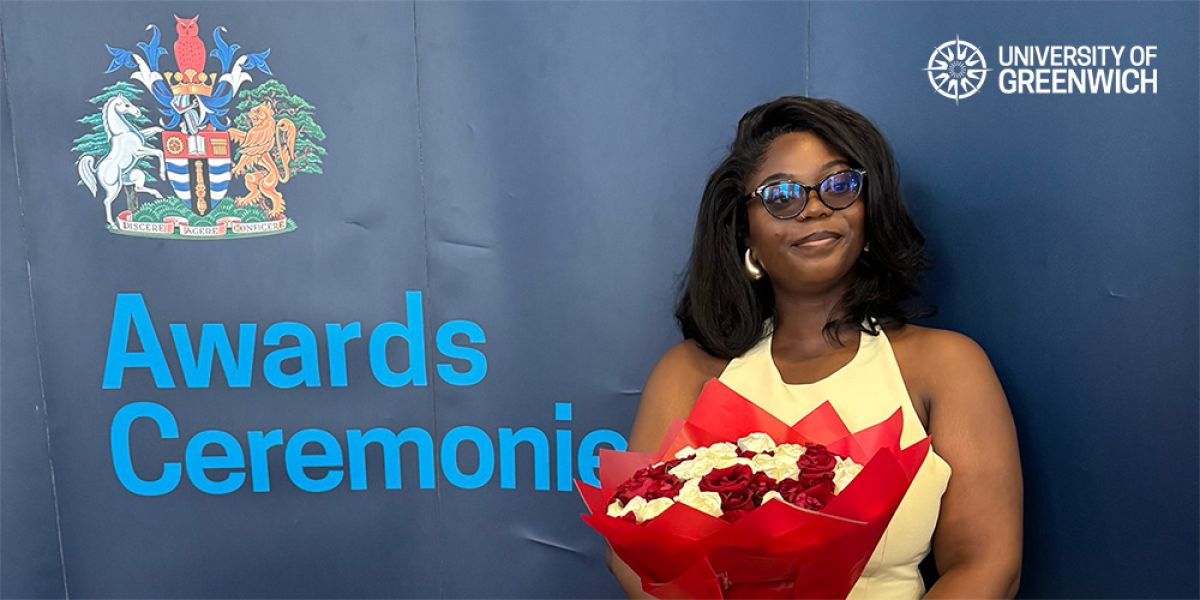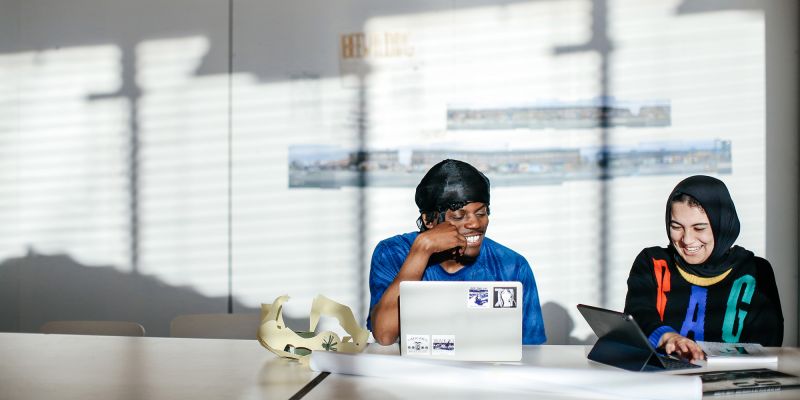
Get inspired to think creatively and innovatively
I have had the chance to engage in several projects during my studies at the University of Greenwich, but the automated white cane project for a technology module on my course really stands out, especially considering the support and resources provided by the University of Greenwich.
For the module, we were tasked with creating a new piece of technology. Watching the TV show Daredevil made me think about the daily realities of those without sight and the tools they rely on for independence and safety. I realised that there was a significant opportunity to enhance the traditional white cane, a tool that hadn't fundamentally changed in decades, yet was crucial for the independence of visually impaired people. I saw a chance to apply what I was learning in my technology module to create something that could make a real difference.
The project pushed me to think creatively and innovatively. It wasn't just an academic task; it was a journey into creating technology with a meaningful impact on society.

Embark on an intricate and rewarding journey
The process began with in-depth research to understand the needs of visually impaired individuals. I then programmed the cane in C++ using Arduino IDE, which was both challenging and rewarding. The support from my lecturers was instrumental in this phase. They provided not just technical guidance but also encouraged a problem-solving mindset, which was essential for integrating APIs and functions effectively.
Lecturers didn't just teach me the basics. They helped me navigate the complexities of coding for real-world applications. This support was influential in developing the software that would drive the automated white cane.
Building the prototype was an exciting phase where the concept began to materialise. The phase involved assembling the cane, embedding the electronic components, and ensuring all connections were correct. Rigorous testing followed. Each test of the prototype brought new learning opportunities, allowing me to refine the design and functionality. Next came the design and technical planning. This stage involved sketching the physical design and planning the technical components, particularly focusing on the integration of motion sensors. These sensors were pivotal in detecting obstacles and providing feedback to the user. Selecting the right sensors was critical – they needed to be sensitive, yet durable for everyday use. Based on the feedback from these tests, I made several refinements to the cane. This process was key in addressing any issues and enhancing functionality through software tweaks, physical design adjustments for ergonomics, and overall user experience improvements. The final step was evaluating the cane's performance in real-world scenarios and considering potential future enhancements.
Create technology with a meaningful impact on society
The project was not just a technical challenge but a comprehensive learning experience, sharpening my skills in engineering, programming, and empathetic design.
Developing a tool for visually impaired individuals required a deep understanding of their experiences. This taught me to design with the user in mind, ensuring that the technology serves their needs and enhances their quality of life.
In summary, the automated white cane, created with support from the University of Greenwich, was a comprehensive learning experience that developed me into a well-rounded engineer, equipped with a diverse set of skills and a deeper understanding of the societal impact of technology.



